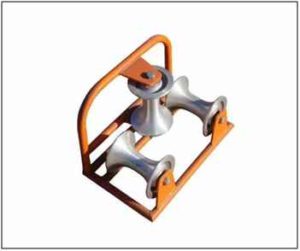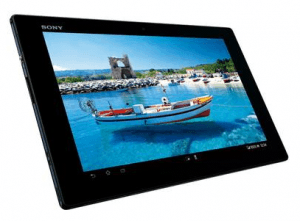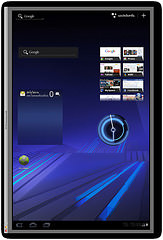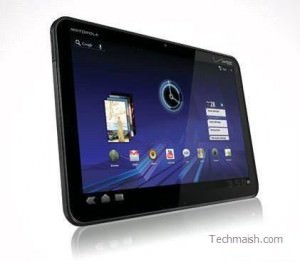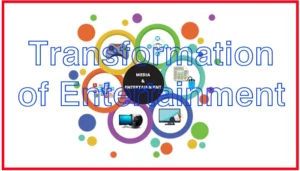A Tablet for Transforming Education
When Sugata Mitra conducted his famous self-learning experiments in India he proved that when poor children in remote villages have access to a computer, learning happens. Young kids—even if they have no experience with computers—will work collaboratively to not only learn to use the computer but also to use a computer to find the answer to any educational question presented to them. The problem though, has always been how to provide universal computer access. In Mitra’s experiments, he installed expensive computers in public spaces, much like an ATM. That worked great for the experiments but didn’t provide a solution for integrating computers into the lives of children in real world scenarios. Enter the Aakash tablet.
Revolutionizing Tablet Access
Originally dubbed the “$35 tablet”, the real cost of the Android-powered Aakash has risen to $49. The Indian government is subsidizing half the cost for each Indian student. This means that for around $25, Indian students can have a 7-inch touch screen tablet with 256 megabytes of RAM and a 2 gig flash memory. The device will come with a three-hour battery life and a solar recharging capability, which means that a lack of electricity in rural areas and inner-city shantytowns won’t be an obstacle to its use. This subsidizing of a revolutionarily cheap tablet by the Indian government could be a great example for western governments in developed countries. Even post-secondary students in online learning environments could benefit from such a cost efficient device.
Potential for Developed Countries
The Aakash is slated to be in the hands of at least one million Indian students from its 2011 launch time until the end of year. The ability to deliver that quantity of tablets to students in such a short time could be a good example for school districts in the United States and Canada. In an environment of economic uncertainty, school funds for technology programs—even in wealthy western countries—have been cut for many schools in rural and inner city areas. A tablet like the Aakash, with its extremely cheap purchase price, could be an attractive option for schools that are struggling with technology funding.
Crossing the Digital Divide
Much has been made lately of the growing digital divide. And it’s a problem. Schools in well-funded districts are pushing forward with technology acquisition and in some cases funding iPad purchases for each student in a school. This is a great step forward for technology advocates, but it presents the potential for negative consequences as well.
In the United States especially, technology integration in schools can actually exacerbate the existing problem of unequally funded school districts. Since schools are largely funded through property tax revenues, schools in wealthier areas may have no problem integrating the latest technology into classrooms or individual tablets for students. Students from poorer areas often attend schools which have no money left over after normal building maintenance and teachers’ salaries to afford expensive tablets. This can run the risk of widening the gap between haves and have-nots in the future. The Aakash tablet may present an opportunity to narrow that gap. If poorly funded schools can purchase these cheap but functional tablets for students, we may have finally hit on a way to ensure that students get the technology they need to go on to compete in a global marketplace.
Author Bio:- Jesse Langley lives near Chicago. He divides his time among work, writing and family life. He writes on behalf of Colorado Technical University and has a keen interest in blogging and social media. He is an advocate for a online school.
